An incomparable take on the life of pioneering photographer Roman Vishniac
In Berlin in 1933, seven-year-old Mara stands outside a shop once owned by a Jew. Now it sells instruments to gauge the shape of a skull, issuing certificates of 'Aryanism' if deemed appropriate. The photographer recording this moment was also a Jew; if apprehended by Nazi forces, he would claim that he was merely taking a snap of his daughter. Roman Vishniac had chutzpah and an answer for everything and, as in this example, it might not always be the whole truth.
Vishniac moved his family to Germany to avoid revolutionary turmoil in Russia, where his father ran a successful business. Many photographers, including the Hungarian Jews, Munkasci, Kertész and Robert Capa, and the Polish photographer Chim (David Seymour) also gravitated to that city of modernist ideas, art and culture. In the last days of the Weimar Republic, Vishniac’s softened Russian images became crisper, sharper, with heightened contrast and strong geometric forms. And always, there was a narrative, a story to be told. Vishniac loved stories, especially about himself. As he grew older, his self-promotion became wilder; one day, he might claim to be fluent in 14 languages and hold seven university degrees. Another day, those numbers might be reversed. Yet there was no need to exaggerate; Vishniac truly was a remarkable man, and he did, in fact speak several languages, just not quite so many.
Vishniac's self-promotion was also self-preservation. When the family immigrated to America, he had to support himself and his family. He took a job with Life magazine, reinventing himself as a scientific microscopic photographer. This unique technique was one he had practised since childhood; using a microscope to capture living organisms. Until then, samples were only photographed when flattened between two sheets of glass.
Vishniac's iconic photos of Jewish life, whether it was in Russia, Poland, Germany or the United States, connect with us, because he connected with the people in his frame. They look out at us, because he looked at them. Vishniac did not just see them, he talked to them, felt himself to be part of them. When the American Joint Distribution Committee commissioned him to travel to Eastern Europe in the mid-1930s, the idea was to raise money for impoverished Jewish communities. Nobody knew then that almost all his subjects would perish. Vishniac’s photographs bear witness to shtetl life; they are the survivors.
Mara disliked posing for her father’s camera, but she loved his stories, dramatic in the retelling, and in the make-believe. One whole room at home, known as The Aquarium, housed exotic animals. They acquired a monkey called Jackie, who sat with them at the table. Wolf, Mara’s adored brother, four years her senior, was already a budding scientist. Vishniac's great gift to his children was to enthuse them with curiosity and with wonder for every living creature.
Mara’s childhood was not easy. She felt herself to be stupid and plain, compared to her brilliant brother and beautiful mother. Also, the tensions between her parents were unbearable and she avoided being in the same room if they were together. Moving to Sweden alone with her mother was a great relief from that pressure. Unfortunately, the man who connected with strangers through his camera, did not connect with his own wife. He had a long-term love affair with Edith, a much younger, non-Jewish woman whom he eventually married.
When Mara married and started her own family, Vishniac's constant disapproval forced her to distance herself from him. Perhaps that break helped her confidence, as she later became an educational psychologist. Touchingly, the frailty of old age reunited Vishniac with his daughter. She would sit and hold his hand while he voiced a new-found humility: “I’m not saying I’m the king of the world, or anything like that.”
This superb film is narrated by Mara, and features Vishniac’s grandson, Wolf’s son Ethan, as well as academics and curators. It intersperses the photographer's iconic images with archive footage and with subtly reconstructed family scenes, all of it seamlessly held together. It reveals a brilliant man of great vision and originality, a scientist and photographer who, with the help of his daughter, has kept Jewish memories alive.
By Irene Wise
Film stills © Anna Wloch
Vishniac is screening as part of the UK Jewish Film Festival online until Monday 27 November. Films are available to watch for 72 hours after purchase. ukjewishfilm.org
Read more UKJFF reviews.


